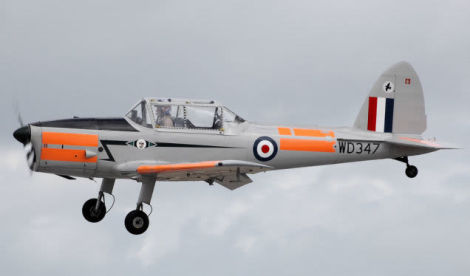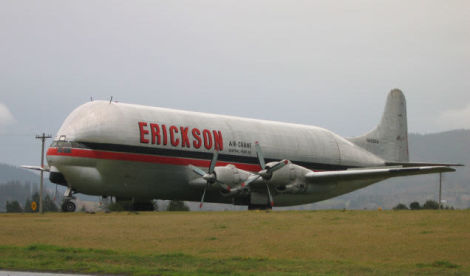Welcome to This Date in Aviation History, getting of you caught up on milestones, important historical events and people in aviation from May 22 through May 24.
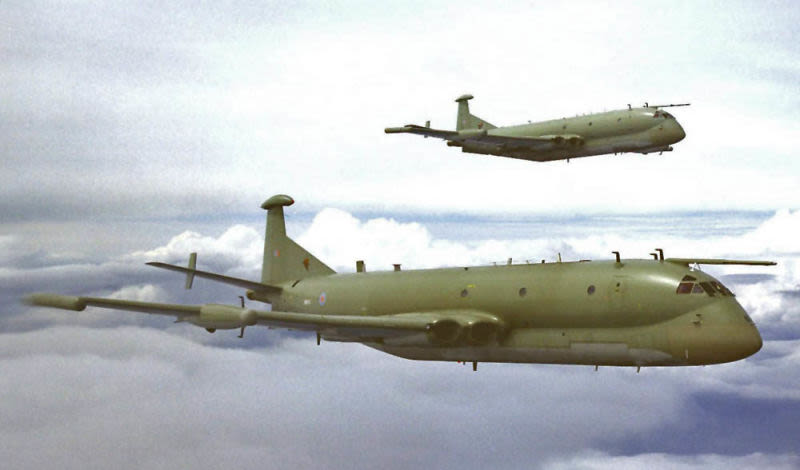
May 23, 1967 – The first flight of the Hawker Siddeley Nimrod. The de Havilland company changed the aviation world forever with the introduction of de Havilland Comet, the world’s first operational jet airliner, though the innovative aircraft had a somewhat checkered history. After entering service in 1952, it was plagued by a series of unexplained hull failures which resulted in fatal crashes, and the airliner was grounded for a time until the cause could be determined and rectified. De Havilland ultimately discovered that the problem was a structural weakness at the corners of the square windows, and the redesigned Comet went on to a useful, though somewhat brief, career, only to be overshadowed by the arrival of the swept-wing Boeing 707. But the story of the Comet didn’t end with its retirement from commercial service.
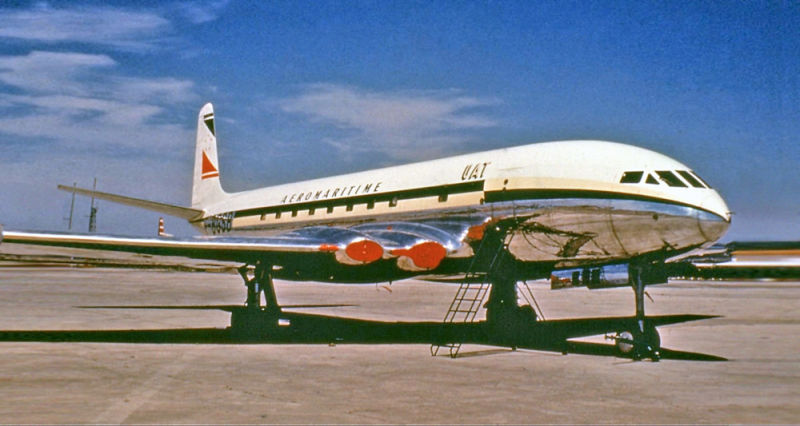
On June 4, 1964, the British Government issued Air Staff Requirement 381 to find a successor to the piston-powered Avro Shackleton, a four-engine maritime patrol aircraft developed from the Avro Lincoln bomber. Corrosion from salt air and metal fatigue were beginning to take their toll, and the Shackleton was due for retirement. A number of aircraft companies responded to the request, including Lockheed with their turboprop-powered P-3 Orion, the similarly powered Breguet Atlantic, as well as the turbojet-powered Hawkder Siddeley Trident, BAC One-Eleven and Vickers VC-10. But Hawker Siddeley, who had acquired de Havilland in 1960, offered a version of the Comet, which, like the Shackleton, was nearing the end of its service life. British Prime Minister Harold Wilson announced the decision to adopt the maritime patrol version of the Comet, dubbed the HS.801 by de Havilland, and the first two prototypes were converted from Comet 4 airframes that had not yet been completed as airliners.
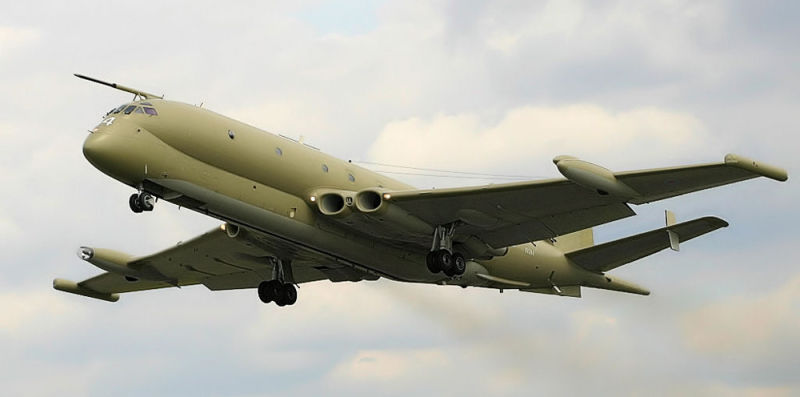
But taking a commercial airliner off the shelf and making a long-range maritime and antisubmarine warfare (ASW) platform took a significant amount of conversion, and the Nimrod ended up looking quite different from its Comet ancestor. The fuselage was enlarged by the addition of a second tube on top, giving it a “double bubble” cross section. The nose was extended to house powerful radars, the tail was modified to hold electronic warfare sensors, and a magnetic anomaly detector (MAD) boom was installed on the tail to detect submerged submarines. The Comet’s Rolls-Royce Avon turbojets were replaced by four Rolls-Royce Spey turbofans which offered better fuel efficiency and longer range. To further extend the Nimrod’s range during particularly long missions, one or two of the engines could be shut down to save fuel. After these conversions were complete, the Nimrod entered production and was introduced into RAF service in October 1969.
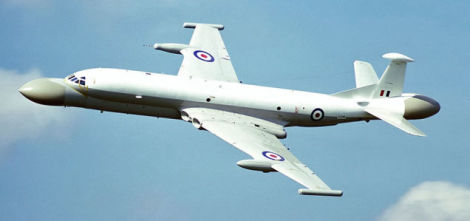
The initial model, the MR1, was soon developed into two subsequent variants. The R1 was a signals intelligence aircraft whose mission was to intercept communications and other electronic signals. Three Nimrods were converted to this specification and went into service in 1974, replacing older Comet C2s and English Electric Canberras. The MR2 was a significant upgrade to the original R1, with modern avionics and more powerful radars. Following the Falklands War in 1982, the MR2 was updated with aerial refueling capability, as well as the ability to carry AIM-9 Sidewinder missiles for self defense. Nimrods were deployed in support of the Gulf War in 1990, and again during the wars in Iraq and Afghanistan. But, like its Shackleton predecessor, the ravages of age began to catch up to the Nimrod, and work began on a significantly modernized, and essentially all new replacement. But the Nimrod MRA4 suffered from serious delays and cost overruns, and the project was eventually abandoned in 2010. The RAF decided instead to procure the Boeing E-3 Sentry for the signal intelligence mission, and the Boeing P-8 Poseidon for the maritime patrol and ASW missions. In all, a total of 51 Nimrods were built, and they were officially retired in 2011.
Short Takeoff
May 22, 1946 – The first flight of the de Havilland Canada DHC-1 Chipmunk, a tandem, two-seat primary trainer and the first aviation project to be undertaken by de Havilland Canada following WWII. The Chipmunk was developed as a replacement for the de Havilland Tiger Moth biplane trainer and was initially adopted by the Royal Air Force and Royal Canadian Air Force. It was ultimately flown by 19 other nations, and also became a popular civilian aircraft used for training, aerobatics, and crop spraying. Some were modified for aerobatics as the Super Chipmunk, with strengthened fuselage and wings, retractable landing gear, clipped wings and a more powerful engine. Almost 1,300 were produced from 1947-1956.
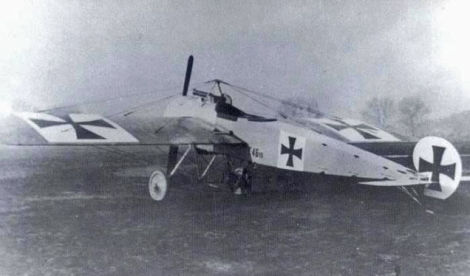
May 23, 1915 – The first flight of the Fokker Eindecker, the first in a series of monoplane (eindecker) fighters designed by Dutch aeronautical engineer Anthony Fokker and flown by the German Air Service in WWI. The Eindecker was based on the Fokker M.5, an earlier monoplane scout designed by Fokker that first flew in 1913 and was itself influenced by the Morane-Saulnier H monoplane. The major advance of the Eindecker was Fokker’s development of a synchronizing gear, also called an interrupter, that allowed the machine gun to be fired through the arc of the propeller and gave pilots significantly improved aim during dogfights. German pilots such as aces Max Immelmann and Oswald Boelcke enjoyed a significant advantage over Allied aircraft that were not similarly equipped, allowing the Germans to hold a measure of air superiority for the second half of 1915 until the Allies developed their own interrupter.
May 24, 1967 – The first flight of the Aero Spacelines Mini Guppy, an oversized cargo aircraft developed from the Boeing C-97 Stratofreighter. Two Mini Guppies were built using parts salvaged from the Stratofreighter, along with parts from the Boeing 377 Stratocruiser airliner. While the Mini Guppy retained the wings, engine and lower fuselage of the C-97/377, the upper fuselage was significantly enlarged by the addition of a second, oversized fuselage section, and the aircraft was loaded through a hinged tail section. The first Mini Guppy was retired in 1995, while the second was given upgraded Allison 501 turboprop engines and renamed the Mini Guppy Turbine. However, that aircraft was lost in a crash in 1970.
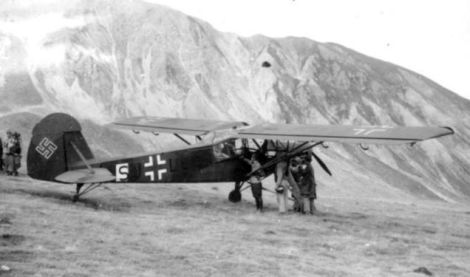
May 24, 1936 – The first flight of The Fieseler Storch Fi 156, a small transport aircraft developed for the German Aviation Ministry (Reichsluftfahrtministerium) for liaison, forward air control and medevac duties. The Storch was selected over other contenders because of its outstanding short takeoff and landing (STOL) characteristics and other design elements such as folding wings that made the Storch easy to tow or transport, and long landing gear with shock absorbers for operations from crude runways. The Storch gained fame for its role in the rescue of ousted Italian Prime Minister Benito Mussolini from a rocky mountaintop ski resort in the Apennine Mountains during Operation Eiche (Oak) in 1943. Mussolini had been arrested and was being at the mountaintop hotel, but was rescued by German gliderborne paratroops and flown off the rock-strewn mountaintop by a Storch, the only aircraft capable of operating from the site.
Connecting Flights
If you enjoy these Aviation History posts, please let me know in the comments. And if you missed any of the past articles, you can find them all at Planelopnik History. You can also find more stories about aviation, aviators and airplane oddities at Wingspan.
